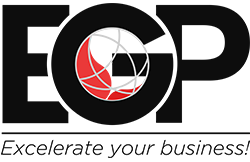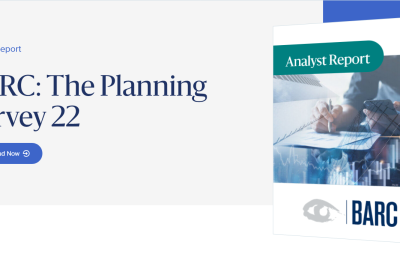Today, confidence in data quality is critically important as higher education leaders must respond to various political and economic pressures. Colleges and universities are also under the microscope to ensure fiscal responsibility while best serving students. Now more than ever, higher-ed Finance teams need trusted, accurate and timely data to make the right decisions for each school.
University boards are also asking institutions to provide more transparency and accountability. This request means having a clear strategy for ongoing robust data quality management is more important than ever. Why? Better decisions create better outcomes. And high-quality data gives institutions the confidence in data to get decisions right – which, in turn, fuels better student support, more accurate results and reduced risk.
Why Is Data Quality Important?
Research has shown that data quality matters. According to Ventana, almost nine in 10 organizations (89%) reported data-quality issues as an impactful or very impactful barrier for their organization. The impacts cause a lack of trust in the data and wasted resource time in financial and operational processes.
In fact, many institutions are looking to be more data driven. According to The Chronicle of Higher Education, 97% of college administrators surveyed believe that higher education needs to better use data and analytics to make strategic decisions.

What’s Preventing Good Data Quality?
In many cases, institutions are up against the restrictions of disconnected Finance processes, legacy systems and inefficient analytics tools. This red tape has fueled a lack of agility, cumbersome processes and siloed decision-making. Simply put, the solutions in place are not built to work together and thus make data quality management difficult.
Little or no connectivity often exists between the systems, forcing users to manually retrieve data from one system, manually transform the data and then load it into another system leaving no traceability. This lack of robust data quality capabilities creates a multitude of problems. Here are just a few:
- Poor data input with limited validation, affecting trust and confidence in the numbers.
- High number of manual tasks, lowering overall data quality and adding latency to processes.
- No data lineage, preventing drill-down and drill-back capabilities and adding time and manual effort when accessing actionable information for every number.
The solution to disconnected systems may be as simple as transitioning to newer tools and technology. Why? They have more effective integration and built-in validation and control compared to past solutions, which will save time and remove manual tasks.
What’s the Solution?
Some believe Pareto’s law – that 20% of data enables 80% of use cases – applies to data quality. Institutions must therefore take three steps before adopting any project to improve financial data quality:
- Define quality: Determine what quality means to the college or university, agree on the definition and set metrics to achieve the level with which everyone will feel confident.
- Streamline collection of data: Ensure the number of disparate systems is minimized and the integrations use world-class technology with consistency in the data integration processes.
- Identify the importance of data: Know which data is the most critical for the organization and start there – with the 20% – moving on only when the organization is ready.
At its core, a fully integrated Finance platform like OneStream with built-in financial data is critical for colleges to drive effective transformation across Finance and different functions and services. What key requirements should be considered? Here are a few key functions:
- 100% visibility from reports to data sources, so all financial and operational data is visible and easily accessible.
- One source of truth for all financial and operational data.
- Guided workflows to protect users from complexity and manual oversights.
Why OneStream for Data Quality Management?
OneStream’s unified platform offers market-leading data integration capabilities with seamless connections to multiple sources, including Finance, HR and student systems. Those capabilities provide unparalleled flexibility and visibility into the data loading and integration process.

OneStream’s data quality management is a core part of OneStream’s unified platform (see Figure 2). By providing strict controls to deliver confidence and reliability in the data quality, the platform allows organizations to do the following:
- Manage data quality risks using fully auditable integration maps and validations at every stage of the process, from integration to reporting.
- Automate data via direct connections to source databases or via any character-based file format.
- Filter audit reports based on materiality thresholds – ensuring one-time reviews at appropriate points in the process.
- Ability to drill down, drill back and drill through to transactional details for full traceability of every number.
Conclusion
Demands for accuracy, transparency and trust are ever-present in financial and operational reporting, analysis and planning given the detail level needed to guide institutions. Accordingly, universities looking to create a strategy to improve data quality management should consider a CPM software platform with built-in financial data quality to achieve more accurate results and reduce risk.
Learn More
Learn more about how OneStream can produce better data quality and improve accuracy in financial results for higher education.



